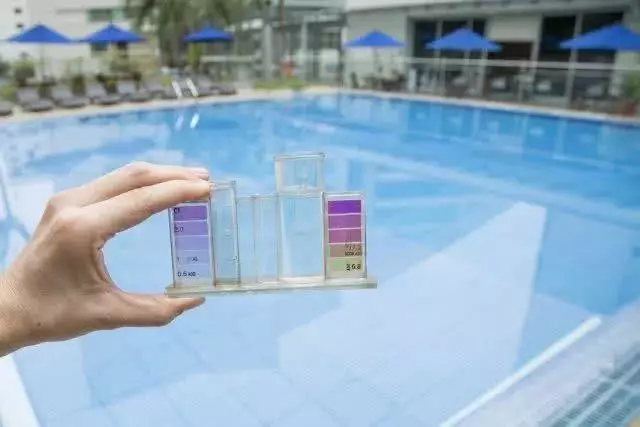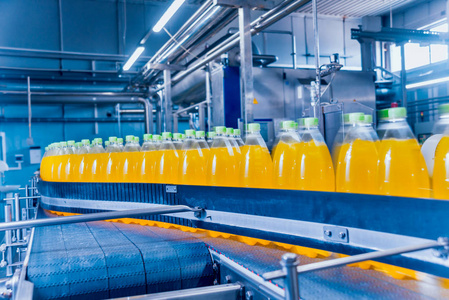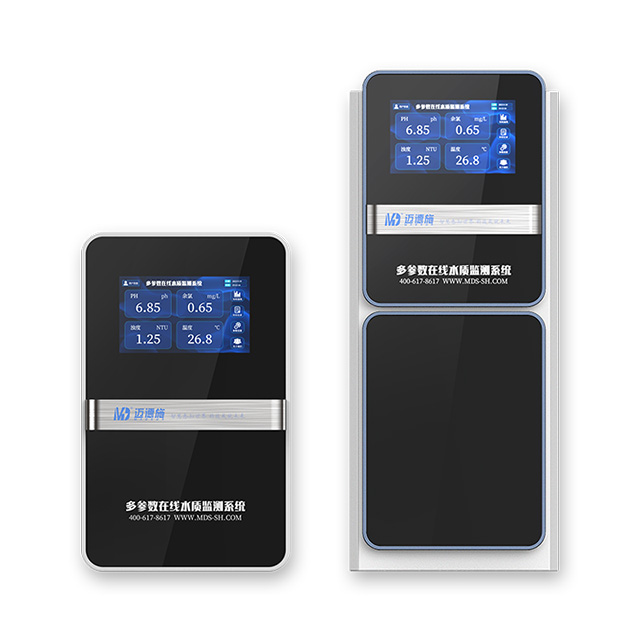Chlorine Residual Out of Control in Summer?
As summer arrives, everyone is looking forward to fully enjoying the warmth and vitality of this season. However, in the realm of water quality management, summer is like a challenging battle. Have you ever had the experience of turning on the tap to get a glass of water, only to smell a strange odor in it? Or going to the swimming pool with high hopes, only to find the water murky? These seemingly insignificant issues are often caused by abnormal chlorine residual levels. Now, let zhe Digital residual chlorine sensor Manufacturer explain it in detail for you!
With the high temperatures in summer, it's as if the "accelerator button" has been pressed for bacteria, causing them to multiply rapidly. At this time, controlling the chlorine residual is extremely urgent for various industries. If the chlorine residual is not well - controlled, it may lead to a series of problems.
Unveiling the Safety Thresholds of Chlorine Residual in Different Industries
1、Municipal Water Supply

Municipal water supply is closely related to our daily lives. According to national standards, the chlorine residual content should be between 0.3mg/L and 4mg/L. In summer, due to the high temperature, bacteria multiply at an astonishing speed. To ensure that chlorine residual still has enough "fighting power" to eliminate bacteria at the end of the long water supply pipeline network, the chlorine residual content should be close to the upper limit. It's like setting up a solid defense line against bacteria, leaving them nowhere to escape.
2、Swimming Pools

Swimming pools are great places to escape the summer heat, but the water quality needs to be strictly monitored. Generally, it is appropriate to keep the chlorine residual in swimming pools between 0.3 - 1.0mg/L. If the chlorine residual is too high, it's like subjecting the skin to a "stimulating storm", making people feel uncomfortable. If the chlorine residual is too low, microorganisms will take the opportunity to "cause trouble", increasing the risk of getting sick.
3、Food and Beverage Industry

In the food and beverage industry, the requirements for production water are extremely high. The chlorine residual content must be less than 0.1mg/L. This is because residual chlorine may secretly change the taste of products and may also affect food safety. Imagine taking a sip of a beverage and tasting a strange chlorine smell. It would really spoil your mood.
4、 Medical Industry
The medical industry cannot afford to be careless. For the sewage discharge from hospitals, the chlorine residual content should reach 6.5 - 10mg/L. Only in this way can all the viruses and bacteria in the sewage be "eliminated", preventing them from harming the environment and people's health.
The Risk Alarm of Abnormal Chlorine Residual
If the chlorine residual is insufficient, bacteria will multiply like wild horses running out of control, leading to a serious excess of bacteria in the water quality. Drinking such water or being exposed to such an environment will greatly increase the chance of getting sick. On the other hand, excessive chlorine residual is also a problem, as it will produce some disinfection by - products, which may pose potential threats to human health. Therefore, precise control of chlorine residual content is truly crucial.
The Magical Effects of the Online Residual Chlorine Detector
1、 Real - Time Dynamic Monitoring

The Digital residual chlorine sensor in the online residual chlorine detector is like an indefatigable "little guard", constantly monitoring the chlorine residual concentration 24/7. Whether the chlorine residual in the pipeline network gradually decreases or there is a problem during the chlorination process, it can detect it immediately. It's like equipping water quality management with a pair of "clairvoyant eyes".
2、 Intelligent Regulation and Linkage
It can also work in tandem with chlorination equipment, automatically coordinating operations. Based on the monitored data, it can precisely control the amount of chlorine added. This avoids the potential delays that may occur in manual adjustment, ensuring that the chlorine residual content always stays within the safe range.
3、 Data Tracing and Analysis
The online residual chlorine detector stores historical data in the cloud, just like a large warehouse. It can also plot curves of chlorine residual concentration changes. By analyzing these curves, better disinfection methods can be found, making water quality management more scientific.
If you are also worried about the problem of chlorine residual control, the chlorine sensor Manufacturer, Maideshi, offers free consulting services for industry - specific chlorine residual management solutions. We will customize exclusive monitoring solutions for you according to the characteristics of different industries. Don't let chlorine residual problems affect your life and work. Contact us right away!
Previous: The Dilemma of Water Park Disinfection: Manual Chlorine Testing vs. Online Residual Chlorine Detector, Who Can Withstand the Peak Season Passenger Flow Impact?
Next: Algae Blooms & Pool Odors? Online Chlorine Monitor Pinpoints Pollution for Smart Treatment!

